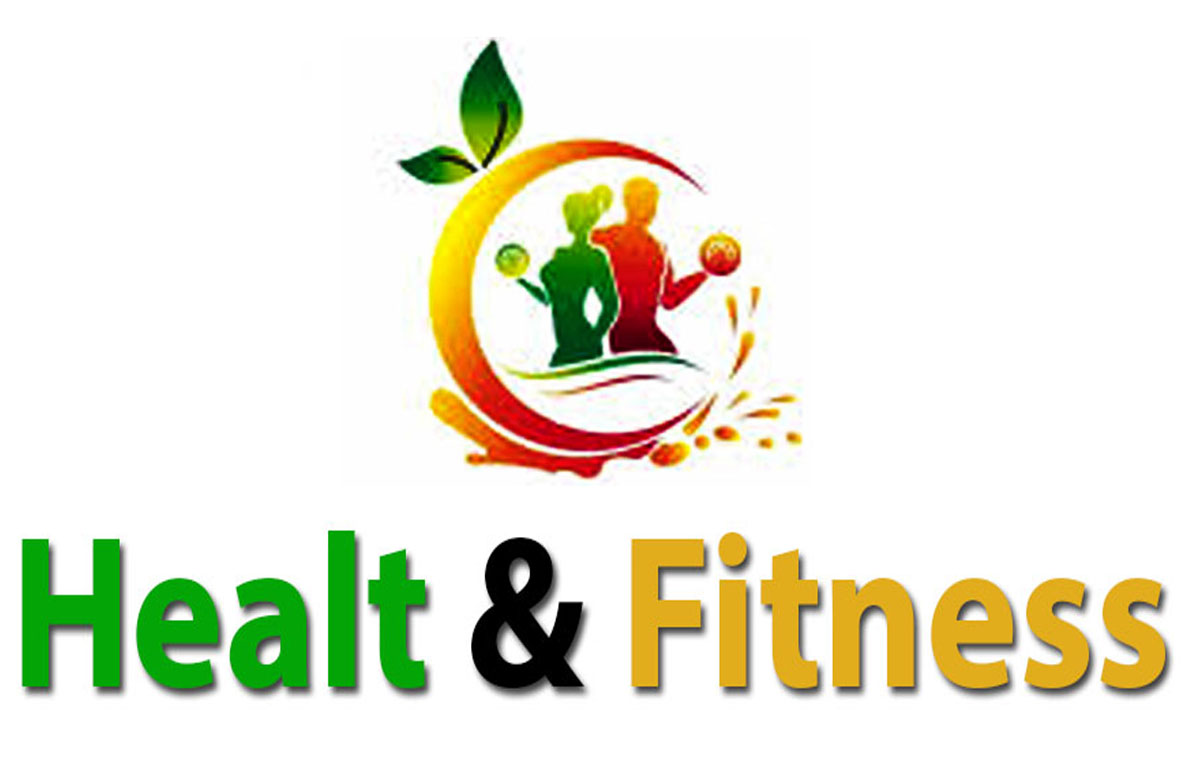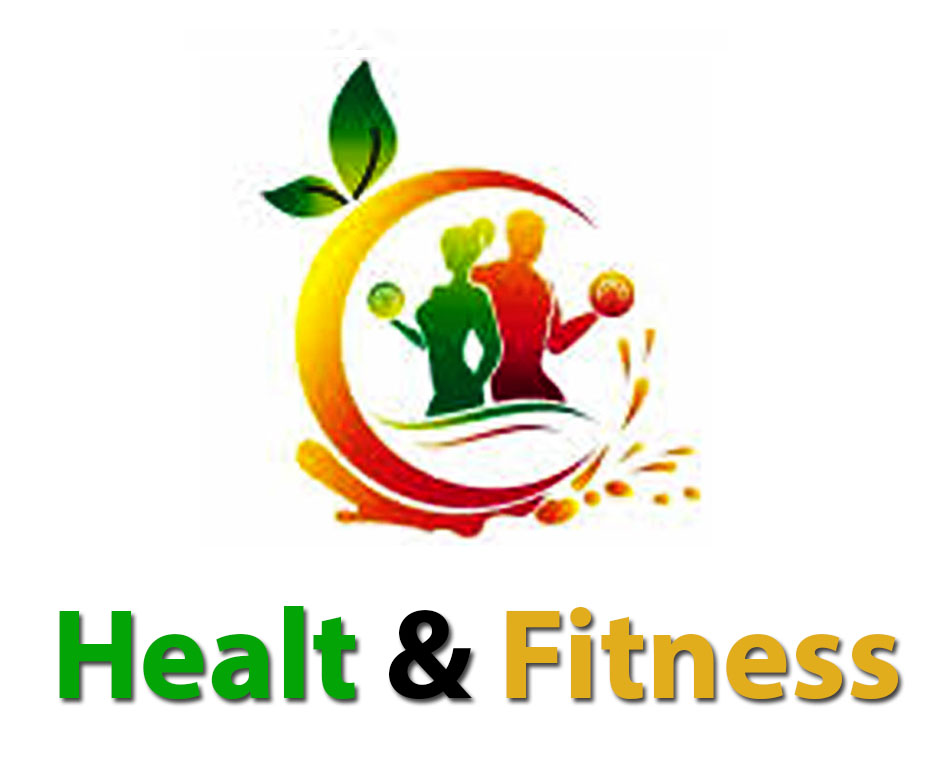Balance and Stability: Gear and Exercises for Improved Coordination
Balance and stability are integral components of physical coordination, impacting our daily movements and overall well-being. Achieving improved coordination involves a combination of targeted gear and exercises tailored to enhance these aspects.
Importance of Coordination
Coordination encompasses the harmonious functioning of muscles, nerves, and cognitive processes, facilitating seamless movements. It influences how we navigate various activities, from simple tasks to complex physical endeavors. The correlation between balance, stability, and coordination underscores the necessity of fostering these attributes.
Gear for Improved Coordination
Enhancing coordination often involves utilizing specialized gear designed to challenge and refine these skills. Stability balls, balance discs, and resistance bands are examples of equipment that offers a variety of ways to target different muscle groups while enhancing stability.
A. Balance Board:
1. Description: Balance boards are a circular bottom platform that creates an unstable surface. They are available in a range of sizes and shapes, frequently bearing a resemblance to the circular platform found atop a skateboard deck or fulcrum.
Benefits of coordination:
1. Core engagement: Balancing on a board activates core muscles, promoting better coordination and stability.
2. Proprioception Improvement: Improves body awareness and coordination by training your body to adjust to a changing environment.
3. Building Muscle: This improves coordination by building muscle in all areas of the body, particularly the stabilizers.
B. Stability force:
1. Description: Also known as exercise or Swiss balls, stability balls are large, inflatable spheres made of durable material.
2. Function: They provide an unstable surface for exercise, requiring the engagement of core muscles to maintain balance and stability. They come in different sizes to accommodate different body types.
Benefits of coordination:
1. Core Activation: Using your core muscles while sitting, lying down, or working out on a stability ball helps you be more stable and coordinated.
2. Improves Posture: Promotes improved posture and body alignment, contributing to overall coordination and stability.
3. Versatile Use: Offers a wide range of exercises to increase coordination, from simple sitting balance exercises to challenging strength moves.
C. Agility Ladder:
1. Description: An agility ladder is a flat ladder-like structure made of a durable material such as nylon or plastic. It lies flat on the ground and consists of evenly spaced rods.
2. Function: It tests quickness, speed, and coordination and is used for agility training and footwork drills. The exercises improve proprioception and coordination by having you step in, out, or in different patterns.
Benefits of coordination:
1. Enhancement of Footwork: Through precise movements, improves foot speed, agility, and coordination.
2. Neuromuscular Control: Helps develop better coordination between the brain and muscles, which is important for agility and balance.
3. Exercise variety: provides a wide range of motions and patterns to test and enhance one's coordination.
D. Resistance band:
1. Description: Resistance bands are elastic bands available in various strengths and lengths, often color-coded to indicate the level of resistance.
Benefits of coordination:
1. Muscle Activation: Improves coordination and muscle engagement, particularly in the small stabilizing muscles.
2. Variable resistance: as resistance rises, it accommodates varying fitness levels, offers progressive challenges, and enhances coordination.
3. Full-Body Use: Provides exercise for both the upper and lower body, increasing overall coordination and stability.
These tools engage different muscle groups and provide different ways to challenge and improve coordination by requiring different levels of balance and stability. Incorporating these into a workout routine can lead to significant improvements in overall coordination ability.
Exercises to increase coordination
A. Balance Exercises:
1. Description: Balance exercises focus on improving stability and proprioception, often balancing on one or both legs.
Example:
1. One Leg Stand: Lift one leg off the ground and hold the position, gradually increasing the duration.
2. Toe-to-toe walk: Walk in a straight line with the heel of one foot directly in front of the toe of the other.
3. Balance Board Exercise: Use a balance board for squats, lunges, or rotations to challenge stability.
Benefits of coordination:
1. Improved Proprioception: Improves body awareness and control.
2. Core Activation: Engages core muscles for better stability and coordination.
3. Lower body strength: builds strength in the ankles, legs, and hips, important for coordination.
B. Plyometrics:
1. Description: Plyometric exercises are explosive movements designed to increase strength, speed, and coordination using rapid, powerful muscle contractions.
Example:
1. Jump Squats: Squat down and explosively jump up, gently returning to the squat.
2. Box Jumps: Jumping on and off a sturdy box or platform.
3. Agility Ladder Drills: Quick, precise foot movements through ladder bars or patterns.
Benefits of coordination:
1. Neuromuscular control: Improves communication between muscles and nerves, and improves coordination.
2. Increased explosiveness: Develops fast-twitch muscle fibers, important for coordination during fast movements.
3. Improved Reaction Time: Increases reflexes and reaction speed.
C. Coordination Exercise:
Description: These drills specifically target hand-eye coordination, reflexes, and motor skills.
Example:
1. Juggling: Throwing and catching objects (such as balls or bean bags) in a rhythmic pattern.
2. Throwing and Catching Drills: Using a ball, throwing it against the wall, and catching it in different ways.
3. Reaction Ball Practice: Bouncing a ball off a wall and reacting to its unexpected trajectory.
Benefits of coordination:
1. Hand-Eye Coordination: Enhances coordination between vision and hand movements.
2. Fine Motor Skills: Improves accuracy and precision in movement.
3. Cognitive processing: Increases brain function by requiring quick decision-making and feedback.
D. Yoga and Tai Chi
Description: Both practices focus on controlled movement, breathing, and mindfulness.
Example:
1. Yoga poses: Tree pose, warrior pose, and balancing pose to improve stability and coordination.
2. Tai Chi Movement: Slow, deliberate movements that promote balance, flexibility, and coordination.
Benefits for Coordination:
1. Body Awareness: Increases awareness of body position and movement.
2. Mind-body connection: Strengthens the connection between physical movement and mental focus.
3. Stress Reduction: Reduces stress and increases overall well-being, which can positively affect coordination.
E. Strength Training:
Description: Strength training involves exercise using resistance to build muscle strength and endurance.
Example:
1. Compound Movements: Squats, deadlifts, lunges, and kettlebell exercises to engage multiple muscle groups.
Benefits for Coordination:
1. Improved muscle control: Increases coordination between different muscle groups.
2. Increases stability: Strengthens stabilizer muscles, important for balance and coordination.
3. Total-Body Engagement: Develops total body strength and coordination.
F. Martial arts or dance:
Description: Both disciplines involve precise, controlled movements and techniques.
Example:
1. Martial Arts Techniques: Karate, Taekwondo, or Aikido movements focus on precise strikes, kicks, and blocks.
2. Dance style: Ballet, salsa, or hip-hop routines that require coordinated and rhythmic movements.
Benefits for Coordination:
1. Precision of Movement: Emphasizes precision and control in executing specific movements.
2. Body Awareness: Increases spatial awareness and control over body movements.
3. Rhythm and Timing: Coordinating with the movement of the music or the opponent.
Each section offers unique exercises and techniques aimed at improving coordination, balance, and overall body control. Incorporating a variety of these exercises into a fitness routine can greatly improve coordination ability.
Tips for progress: While enhancing coordination, challenges like consistency and overcoming plateaus may arise. Embracing incremental progress and diversifying exercises aid in navigating these challenges effectively.
1. Consistency: Regular practice is key to improving coordination.
2. Start slowly: Before progressing to more difficult workouts, begin with simple equipment and exercises.
3. Focus on form: Proper technique ensures better coordination and reduces the risk of injury.
4. Rest and recovery: Allow your body time to recover between sessions to prevent overexertion.
The Role of Yoga and Pilates
Yoga and Pilates offer comprehensive methodologies that emphasize balance, stability, and coordination. Various yoga poses, like Tree Pose and Warrior III, enhance balance and focus. Pilates exercises, including the Hundred and the Roll-Up, strengthen core muscles, aiding in better coordination.
Incorporating Balance and Stability into Daily Life
Beyond dedicated exercises, integrating balance and stability into daily routines amplifies improvement. Coordination is improved in real-world situations by embracing activities like dancing and gardening and implementing ergonomic workplace strategies like using stability balls as chairs.
Mental and Physical Benefits of Improved Coordination
Improved coordination reaps extensive benefits, both mentally and physically. It fosters better spatial awareness, reduces the risk of injuries, and enhances athletic performance by refining movement precision and agility.
In essence, fostering balance and stability through targeted gear, exercises, and lifestyle integration significantly contributes to overall coordination. This holistic approach not only improves physical abilities but also positively impacts mental acuity and daily functionality.



.jpeg)







